
Baking powder acts as a leavening agent in muffins, causing the product to rise while baking. It works by releasing gas bubbles into the batter while baking that effectively puff the muffin. When a muffin batter contains the correct proportion of baking powder and other ingredients, it turns out slightly rounded and browned. Too much baking powder alters this appearance as well as the flavor.
Baking Powder Basics
Baking powder leavens quick breads or muffins alone or in combination with baking soda. Baking powder contains baking soda plus an acid that works with the baking soda and, when added to liquid and heated, produces a chemical reaction that gives off bubbles of gas, making the muffin rise in the oven and producing a light and crumbly texture. Although baking powder alone can leaven a muffin, some recipes also add baking soda to neutralize other acidic ingredients in the batter such as sour cream.
Effects on Flavor
Too much baking powder makes the finished product taste bitter and sometimes metallic. Many baking powders contain aluminum. The aluminum contained in baking powder causes its leavening effects to last longer, typically desired in commercial baking when batters may be mixed long before baking. However, too much yields a "tinny" taste to the finished muffin. The minerals in baking powder taste bitter and may overwhelm the sweet ingredients when too much is added to the recipe.
Effects on Texture
Because an excess of baking powder produces too many gas bubbles when baking, the muffin rises too high. As those excess gas bubbles escape out of the baking batter, the muffin then collapses on itself. The finished muffin looks sunken and contains a dense crumb. The muffin falls apart easily and lacks its rounded top. The excess rising and subsequent collapse may also make a muffin tough and chewy.
Making It Right
While your first instinct may be to scrap any muffin batter that contains too much baking powder, you may save the product with some luck and tricks. Tiny amounts of extra baking powder may go unnoticed. Try baking a couple of the muffins before the rest of the batch and test how they turn out. If you know exactly how much extra baking powder got added to the recipe, you can increase the other ingredients by the same proportion to absorb the excess. For instance, if the recipe calls for 1 teaspoon of baking powder and you added 2 teaspoons, double the rest of the ingredients and make twice as many muffins.
Related Articles
What Is the Purpose of Cream of Tartar ...

Can I Save a Cake if I Added Too Much ...

What Is a Substitute for Potassium ...

Can I Substitute Olive Oil for ...

What Causes Bubbles on Top of Cakes ...
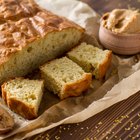
How Many Calories Are in Jiffy ...

Can Self Rising Flour Substitute for ...
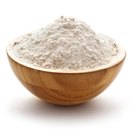
Can Jiffy Baking Mix Be Substituted As ...
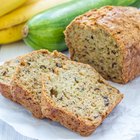
Frozen Zucchini vs. Fresh for Baking ...

How Much Melted Shortening Do I Use in ...
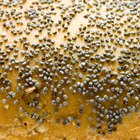
If I Double the Ingredients, Do I ...
Can Dry Pudding Be Added to Cake Mixes?

How to Substitute Applesauce for Oil in ...

Does High Altitude Make a Difference ...
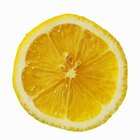
How to Replace Yeast With Baking Soda & ...

How to Bake With Applesauce Instead of ...
Can I Store Biscuit Dough Overnight?
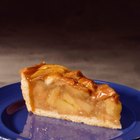
How to Freeze Unbaked Pies
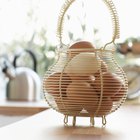
How Much Applesauce Do You Substitute ...

How to Bake With Besan Flour
References
- The America's Test Kitchen Family Cookbook; Jack Bishop
- University of the Pacific: Pacific Cooks, Sweet Treats Edition
Writer Bio
Andrea Lott Haney writes articles and training materials for food industry publications. Having studied foodservice sanitation, nutrition and menu planning at Purdue University, Lott Haney has more than 10 years of experience as a catering and event planner for luxury hotels and currently tours the Midwest as a corporate customer service trainer and consultant.
Photo Credits
Ablestock.com/AbleStock.com/Getty Images